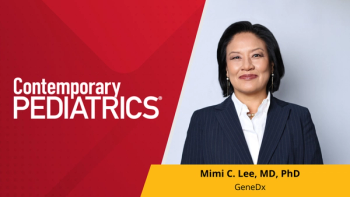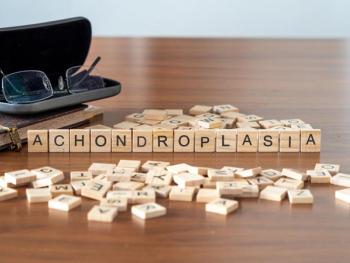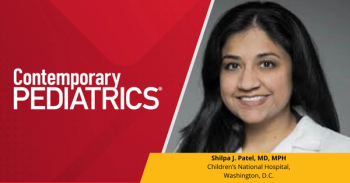
Exploring vaping cessation methods among adolescents
According to research from 2021 to 2023, approximately 50% of adolescents who vaped had tried to quit in the last 12 months.
Since electronic nicotine products, or vapes, are the most common form of tobacco used by adolescents in the United States, the monitoring of attempted cessation methods can help inform public health messaging. A research letter highlighting a cross-sectional study published in JAMA Pediatrics identified rates of vaping, quit attempts and quit methods among youth aged 15 to 17 years.1,2
Data included in the study were from the nationally-representative Population Assessment of Tobacco and Health Study. The data source collected information on tobacco use behaviors in annual or biennial waves. In the current study, data from waves 4 to 7, which represent 2016-2023, were used.2
Electronic nicotine product use (past 30-day and 12-month) was assessed at each wave. For those with post 30-day use, near-daily rates of use (≥20 days in past 30 days), quit intentions (next 6 months), and quit attempts (past 12 months) were also variables assessed. For those with past 30-day use and a past 12-month quit attempt, specific quit attempt methods were documented, which included a phone application, nicotine replacement therapy (NRT) or prescription medication use of bupropion or varenicline.
"Data are presented as weighted averages by wave to show trends over time," wrote the study authors. "Population estimates were provided using wave-specific cross-sectional weights with replicate weights and balanced repeated replication for variance estimation."
In waves 6 to 7, which represented data from 2021 to 2023, approximately 36% of adolescents who vaped reported either daily or near-daily use. In this period, approximately half of adolescents who currently vaped attempted to quit in the previous 12-month period. Additionally, 34% reported they intended to quit in the next 6 months.
The most frequently reported quit method used for those who attempted to quit in the last year but were still vaping was an app (8.9% [95% CI, 4.8%-15.9%] in wave 6 and 16.0% [95% CI, 11.8%-21.3%] in wave 7). Less adolescents reported using NRT (6.1% [95% CI, 3.0%-12.2%] in wave 6 and 4.2% [95% CI, 2.0%-8.5%] in wave 7) or a prescription medication (4.4% [95% CI, 1.6%-11.2%] in wave 6 and 2.0% [95% CI, 0.8%-4.9%] in wave 7), according to study results.
Among the half of vaping adolescents that made a past-year quit attempt, 16% reported using an app, though few digital interventions have "scientifically demonstrated their efficacy," the study authors noted. Still, given the popularity, additional data are needed to inform on safety and effectiveness as a stand-alone intervention and in combination with other treatment.
2025 data published in JAMA found that varenicline was well tolerated and promoted nicotine vaping cessation compared to placebo among youth with addiction to vaped nicotine. Specifically, in a 12-week randomized clinical trial among 261 youth aged 16 to 25 years, continuous abstinence rates in the last month of treatment (51% vs 14%) and at 6-month follow-up (28% vs 7%) were higher in the varenicline group than in the placebo group.3 These data, along with a recommendation from the American Academy of Pediatrics that clinicians consider NRT for moderate-to-severe tobacco dependence, outline the importance of monitoring varenicline use trends, since usage remained low in the current study.2
"Overall, given the high percentages of adolescents who vape and have intentions to quit, there remains a timely need to continue to identify and disseminate effective treatments that are appealing to youth," the study authors concluded.
References:
- Jamal A, Park-Lee E, Birdsey J, et al. Tobacco product use among middle and high school students: National Youth Tobacco Survey, United States, 2024. MMWR Morb Mortal Wkly Rep. 2024;73(41):917-924. doi:10.15585/mmwr.mm7341a2
- Williams BS, Kaye JT. Vaping Cessation Methods Used by Adolescents. JAMA Pediatr. Published online July 07, 2025. doi:10.1001/jamapediatrics.2025.1974
- Williams BS, Kaye JT. Vaping Cessation Methods Used by Adolescents. JAMA Pediatr. Published online July 07, 2025. doi:10.1001/jamapediatrics.2025.1974
Newsletter
Access practical, evidence-based guidance to support better care for our youngest patients. Join our email list for the latest clinical updates.








